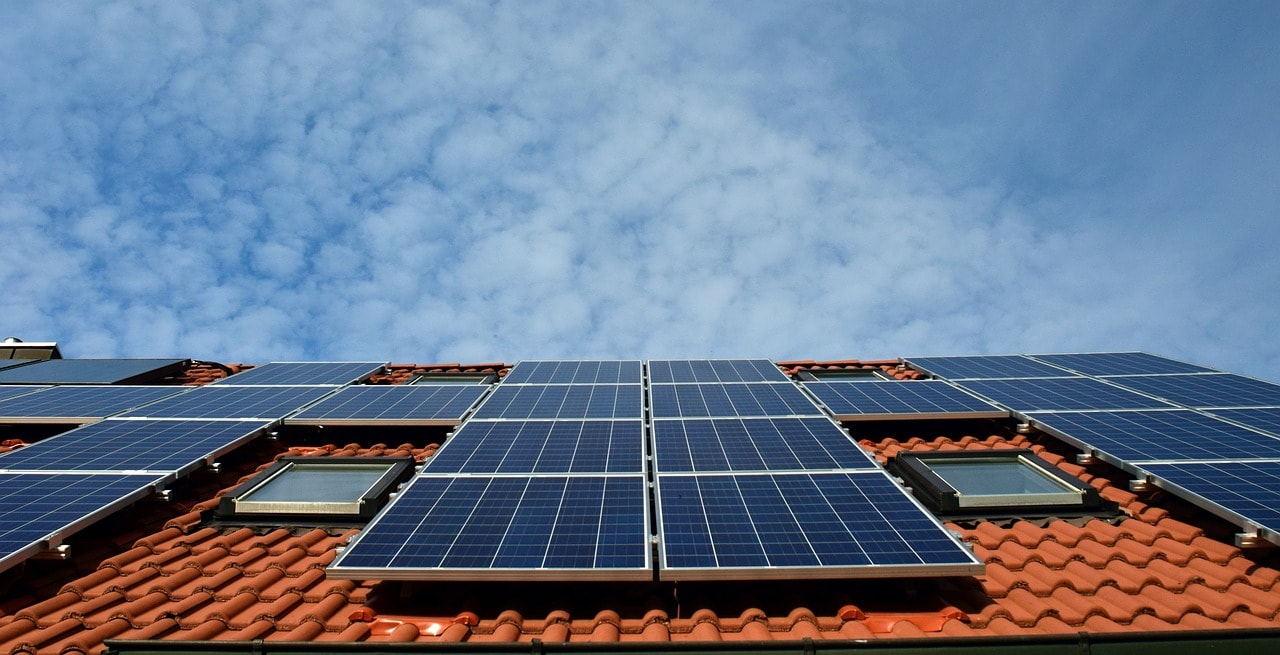In recent years, there has been a significant push towards transitioning out gas appliances and moving towards all-electric homes in Australia. This transition is driven by a commitment to reducing greenhouse gas emissions and achieving net-zero carbon emissions by 2050.
While the eastern states have taken the lead in this endeavour, the implications of this shift are expected to extend across the entire nation, including Western Australia. In this article, we explore the motivations, challenges, and future prospects of the all-electric home movement in Australia.
Eastern States Lead the Way
The governments of New South Wales, Victoria, and Queensland have set ambitious targets to phase out gas connections to new homes and businesses by 2025. This move is seen as a crucial step in addressing climate change by reducing the carbon footprint associated with residential and commercial energy consumption. Environmental groups have welcomed this initiative, viewing it as a necessary measure to combat climate change and transition to cleaner energy sources.
Impact on Western Australia
While the Western Australian government has not yet announced similar plans to phase out gas connections, the interconnected nature of Australia’s National Electricity Market (NEM) suggests that the move towards all-electric homes in the eastern states will eventually influence Western Australia.

One of the primary concerns for Western Australians contemplating the transition is the financial aspect. Although the cost of installing solar panels and batteries has decreased significantly in recent years, it still represents a substantial investment. The reliability of the electricity grid in Western Australia, which is relatively isolated compared to the eastern states, is another concern. The increased demand for electricity in an all-electric home scenario could strain the existing infrastructure, prompting the need for upgrades.
Future Plans for Western Australia
As of now, the Western Australian government has not unveiled specific plans for transitioning to all-electric homes. However, the state government is taking steps to address climate change and promote sustainable energy practices.
The Australian Energy Market Operator (AEMO) has already released a report on the feasibility of transitioning to all-electric homes in Australia. While the report acknowledges the challenges and the need for substantial investments in renewable energy and battery storage, it affirms that the transition is possible.
All-Electric Homes: A Sustainable Future
The benefits of all-electric homes are significant and extend beyond environmental considerations. Such homes can save residents hundreds of dollars annually in energy bills, provide a healthier living environment, and contribute to a greener future.
According to data from Victoria’s Gas Substitution Roadmap, going all-electric can put substantial savings back into the pockets of homeowners, especially when combined with solar panels and batteries.
Moreover, all-electric houses are associated with lower emissions compared to their dual-fuel counterparts. Over the coming decade, the emissions reduction is expected to become even more substantial.
Starting from January 1, 2024, new homes in the Eastern States seeking planning permits must adhere to an all-electric requirement. This mandate extends to new residential developments and apartments as well as all newly constructed public and social housing overseen by Homes Victoria. Additionally, this shift towards all-electricity will encompass all forthcoming government structures, including educational institutions and healthcare facilities.
A Call for Cautious Progress
The transition to all-electric homes is undeniably crucial in addressing climate change and reducing greenhouse gas emissions. However, it is equally vital to proceed with caution, addressing the concerns of residents and industry groups while ensuring the transition is both fair and financially feasible.
As the eastern states lead the way in the push towards all-electric homes, Western Australia is poised to follow suit. The development of a clear and comprehensive plan, backed by incentives and a commitment to infrastructure improvements, will be essential to make this transition a success. Australia’s journey toward all-electric homes represents a significant step towards a more sustainable, eco-friendly, and energy-efficient future for all its citizens.
Climate change and all the ideas around it can be quite overwhelming, it’s difficult to know what we can do as individuals to make a difference. For me, I break it down and think about how much energy I use per day at home, at work and in the car. What is my total energy consumption? Of course, every day is different but you can average it out., It is often the small things you can do to reduce your energy consumption temp settings, drafts etc. but it is also the larger things like Air conditioning and electric cars that impact our energy usage, once you have a number, the question is am I making enough Solar Energy on average to match the number?
Am I net zero? Are you?
Read more on our other blogs:
